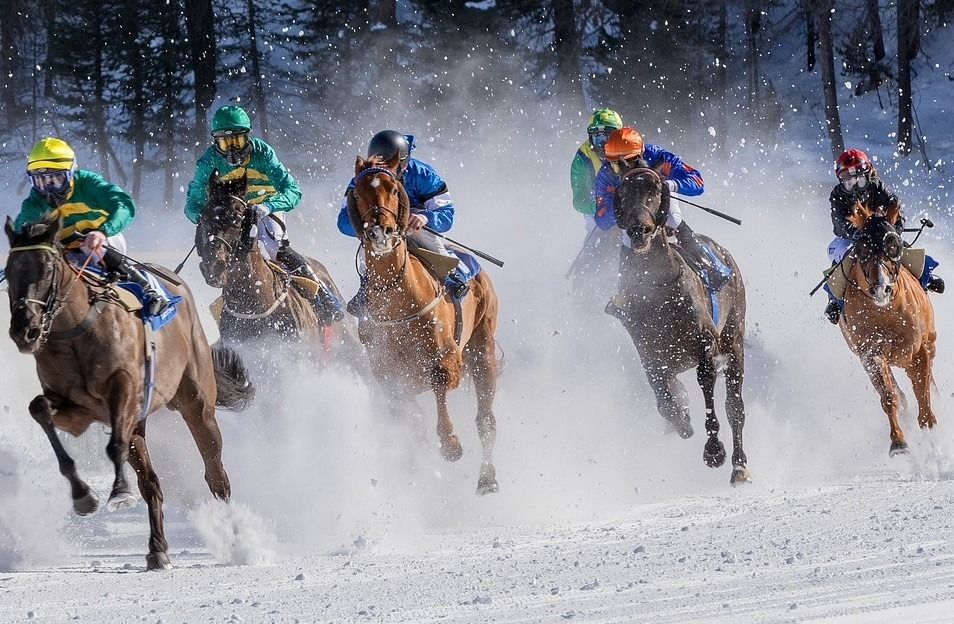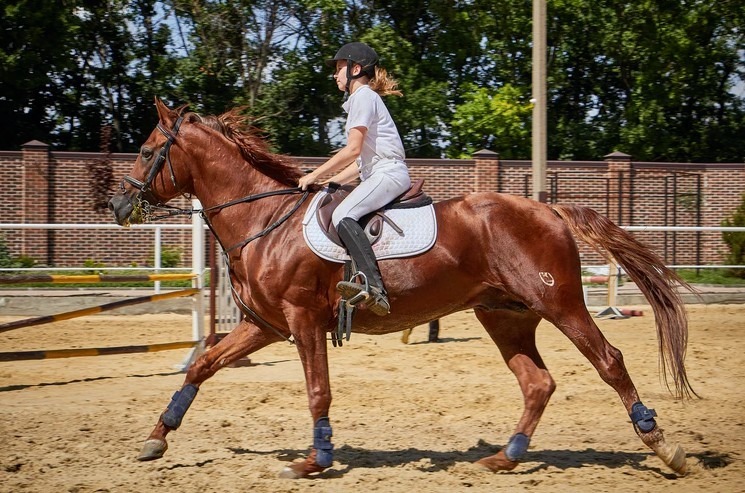History of Horse Racing

Known to be one of the oldest sports of all time, Horse racing refers to an equestrian performance activity or sport, which involves more than two horses ridden by jockeys (a person whose profession includes horse riding or racing.) In this competition, you make a set distance, and whoever's horse is the fastest to reach the destination will be hailed the winner.
The format of horse racing varies in different countries. Other countries develop their particular rules and traditions on the sport. Examples of these variations are restricting horse racing to specific breeds, racing over a different set of distances, horses running over obstacles, running over tracks with distinct surfaces, and running in different horse gaits.
But how did this ancient sport of horse racing start? Let us know the history of horse racing.
HOW DID HORSE RACING ORIGINATE?
A long time ago, in 4500 BC, nomadic tribesmen from Central Asia first started domesticating horses. From 700 to 40 BC, the Olympic Games began in Greece. Greeks usually play four-hitch chariot racing and mounted bareback races. Horse racing became public entertainment for the whole Greek Empire. Aside from the Greek Empire, chariot racing was also popular in the ancient Roman and Byzantine Empire.
In the mid-fifteenth century to 1882, horse racing will always be the closing event for spring carnivals in Rome. There are fifteen to twenty horses, without riders, racing in Via del Corzo (the long main street in the center of Rome.) The length of their race was about two and a half minutes. During the 33rd Olympiad in 664 BC, horse racing became a formal competition. Instead of men being behind the horses, they started riding on them. They were eventually called jockeys.
In the Common Era’s early years, the Roman Empire attempted to dominate the world, so Romans brought the sport and influence Britain to engage in horse racing. Despite the end of the rule of the Roman Empire, horse racing lived on through time and continued for the following centuries. By the late 1500s, horse racing started dominating England. However, some of England's country leaders prohibited this sport. In 1694, after Charles I was executed for tyranny, horse racing became banned for ten years. In 1660, Charles II eventually restored the sport. Charles II was an avid fan of horse racing and was also a rider himself. During the return of horse racing in England, it leveled up and improved in so many ways.
During the reign of Charles II, the three foundation sires of modern Thoroughbred racehorse were founded. During the Hungarian siege of Buda in 1688, Captain Robert Byerly, an English soldier, captured a black stallion. He took home the horse as a spoil of war. In 1704, Thomas Darley, a British consul, smuggled an Arabian colt. From the Syrian Desert, he brought the colt to the county of Yorkshire. The last horse was an Arabian horse founded in 1729. This horse mysteriously appeared in the stud farm of the Earl of Godolphin. Eventually, these horses were called the Byerly Turk for the first horse, the second one as Darley Arabian, and the last horse as Godolphin Barb. Thoroughbred racing continued being popular in Britain, especially with the aristocrats and the royalties in the society. It even earned the title the "Sport of Kings."
Professional riders also helped boost the popularity of horse racing. They started riding horses that were for sale to show off the speed of the horses to the potential buyers. When Richard the Lionheart reigned England from 1189 to 1199, £40 was offered as the first known racing purse. It is a race for a course of 4.3 kilometers, wherein knights were the riders of the horses.
In the 16th century, Henry VIII, King of England at that time, established several studs at different locations. He imported horses from Spain and Italy and placed them in these studs. James I of England sponsored some horse racing meetings in England in the 17th century. After his rule, Charles I of England, his successor, had a stud of 139 horses before he died in January 1649.
Horse racing helped equestrians hone their skills in the sport through constant games and races. This sport provided entertainment for a lot of people and showed outstanding horsemanship required in battle. The different types of horse racing and the specialized skills of both the rider and the horse resulted in developing specialized horse breeds and various horse racing equipment.
Organized horse racing also became popular in different countries like China, Arabia, Persia, North Africa, and several countries in the Middle East. Currently, horse racing is one of the sports in America and other countries that spectators widely attend. During the 8,000 days of horse racing in 1989, more than 50 million people attended, and it also wagered more than 9 billion dollars.




